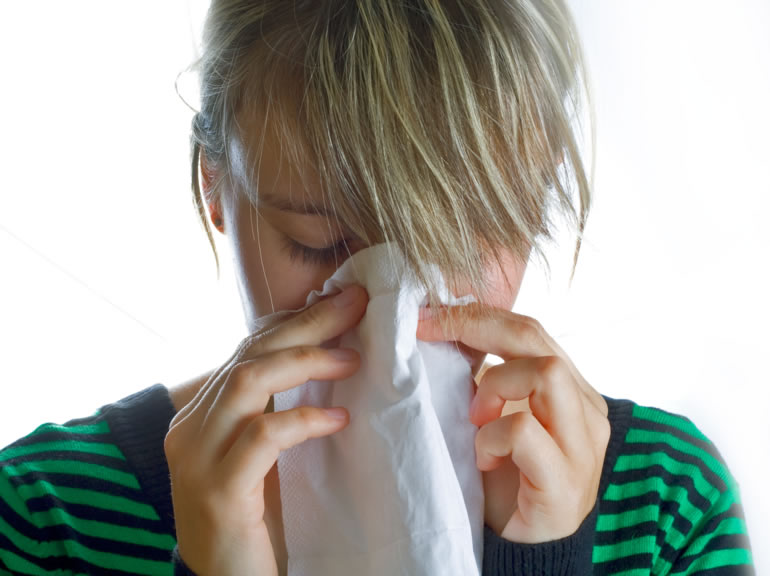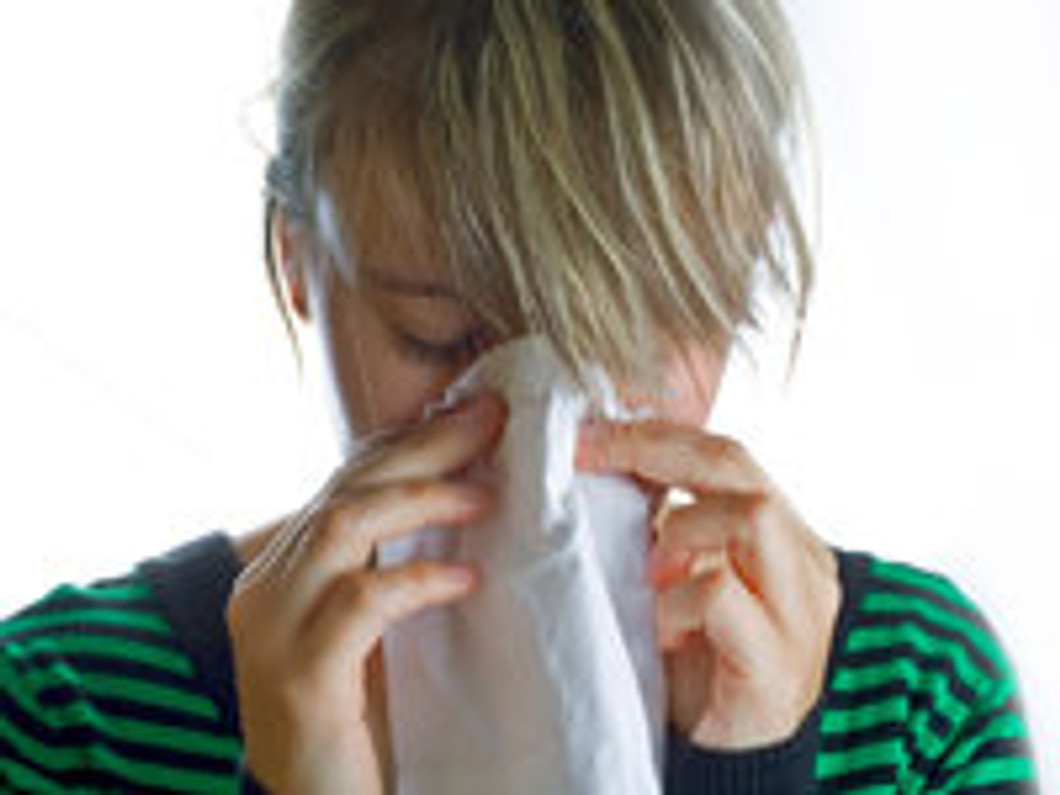How To Reduce The Risk of Infectious Illness In The Workplace

According to the Centers For Disease Control and Prevention (CDC), between 5 and 20% of the U.S. population will catch the flu virus this year, while the average adult will catch between 3-4 cold viruses (source). Unfortunately, workplaces are a haven for infectious bacterial and viral illnesses. When a person is sick, he or she may continue to work, placing the health of other workers at risk. So, how can you reduce the risk of infectious illness in the workplace?
First and foremost, it's important to understand how germs spread. Most common forms of infectious illness, such as the cold virus and flu, spread through direct physical contact with bodily fluids. A worker might sneeze into his or her hand, for instance, and then touch an elevator button. The next person to touch the same button will inadvertantly pick up some of these germs, potentially resulting in infection.
While there's no way to completely protect yourself against infection illness, you can reduce your risk by limiting contact with sick individuals. If a worker is exhibiting symptoms of the cold or flu -- cough, runny nose, sneezing, fever, etc. -- limit contact with him or her as much as possible. Most major health organizations say that sick workers should be sent home. But this advice is rarely followed, as sick workers tend to stay on the clock unless it's a debilitating illness.
Arguably, the single most important step in reducing the risk of infectious illness in the workplace is to frequently wash your hands. The CDC suggests the following handwashing technique to reduce the spread of germs:
- Wet your hands by running them under clean water (cold or warm).
- Lather your hands with soap by rubbing them together.
- Scrub your hands for a minimum of 20 seconds.
- Rinse your hands under running water.
- Dry your hands with a clean towel or allow them to air dry.
Even if you wash your hands frequently, you may still want to carry around a small travel-sized bottle of alcohol-based hand sanitizer. When you're not able to wash your hands under the sink, you can clean them with a small amount of hand sanitizer. It's a quick and easy solution for cleaning your hands on the go, without relying on soap and running water. Of course, these are just a few of the many steps workers can take to prevent the spread of infectious germs.
Recent Posts
-
Fire Safety in the Workplace: What You Need to Know
What steps are you taking to prevent fires in your workplace? According to the U.S. Occupational Saf …Aug 23rd 2023 -
Is It Safe to Go Jogging With a Cold Infection?
If you're suffering from a cold infection, you might be wondering whether it's safe to go jogging. T …Aug 22nd 2023 -
5 Safety Tips to Follow When Using a Powder-Actuated Tool
Powder-actuated tools are commonly used to join materials to steel and concrete. Also known as Hilti …Aug 20th 2023




